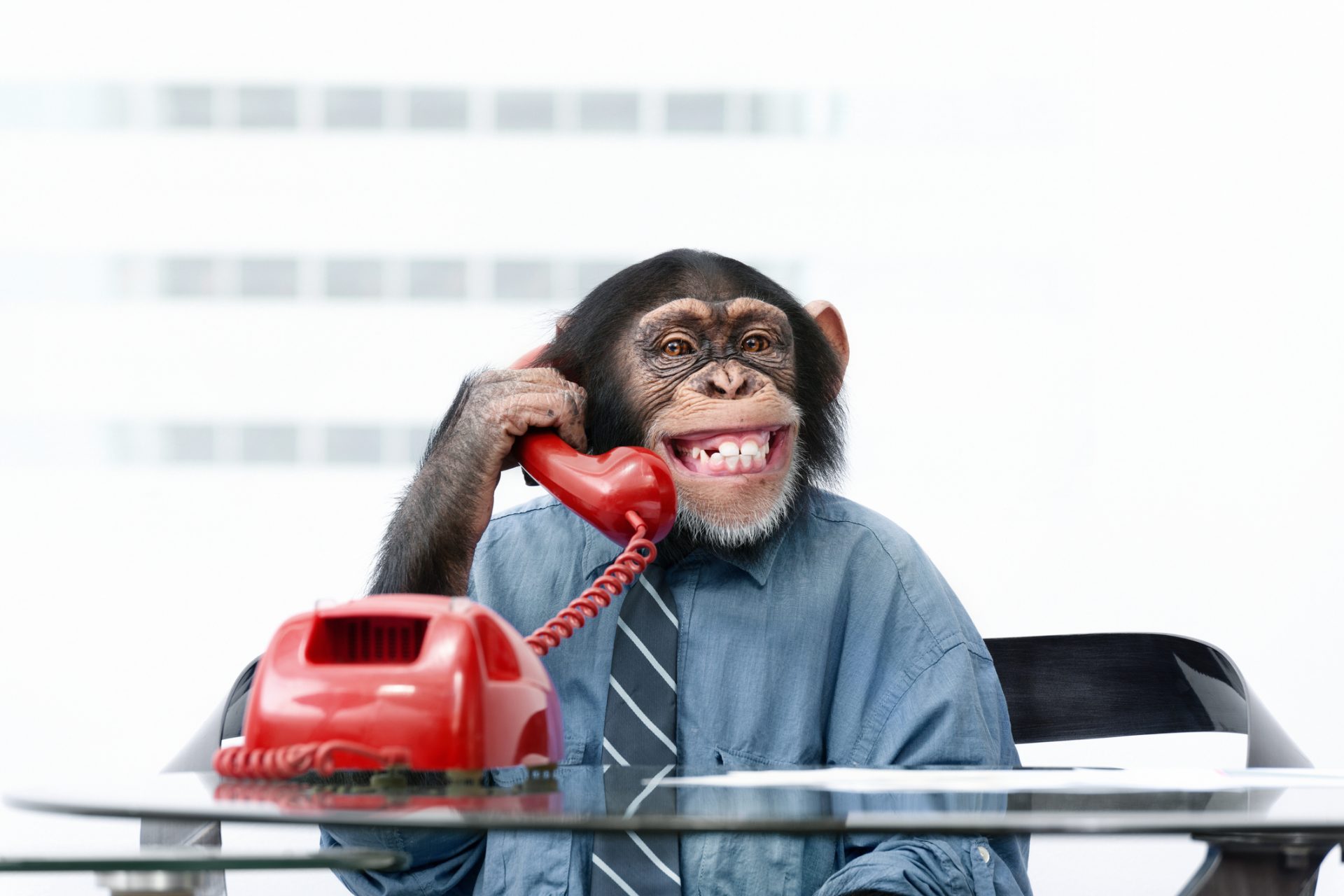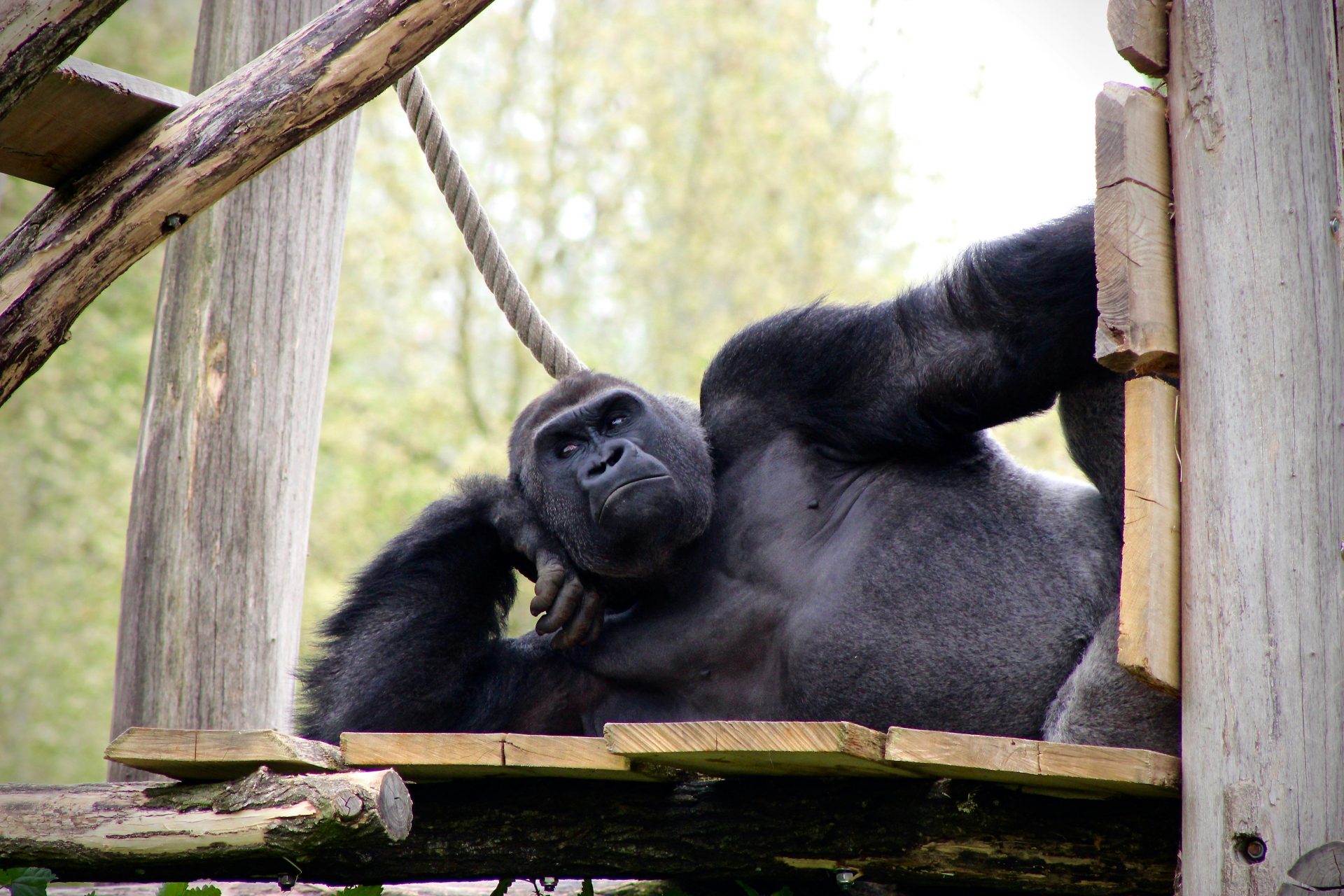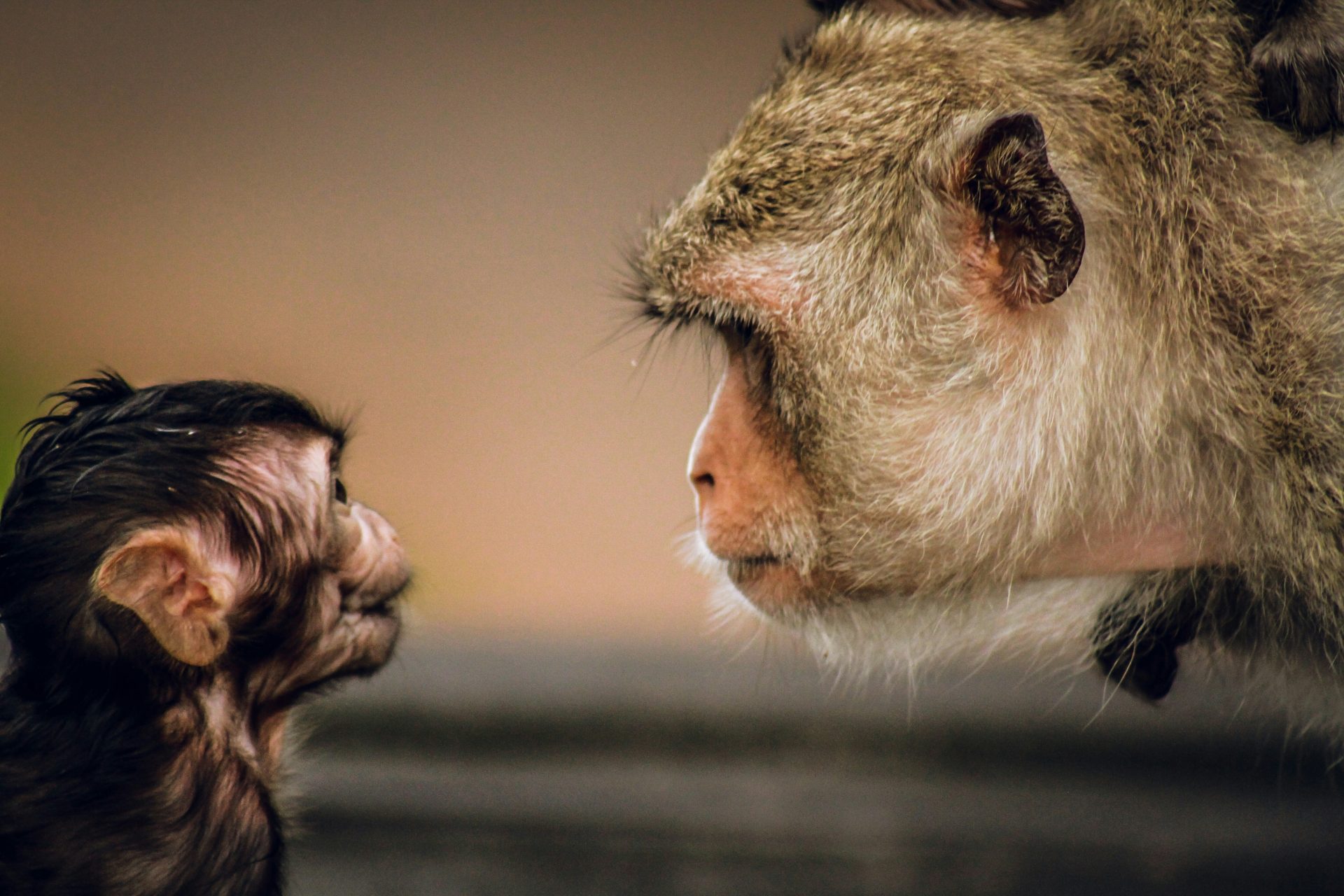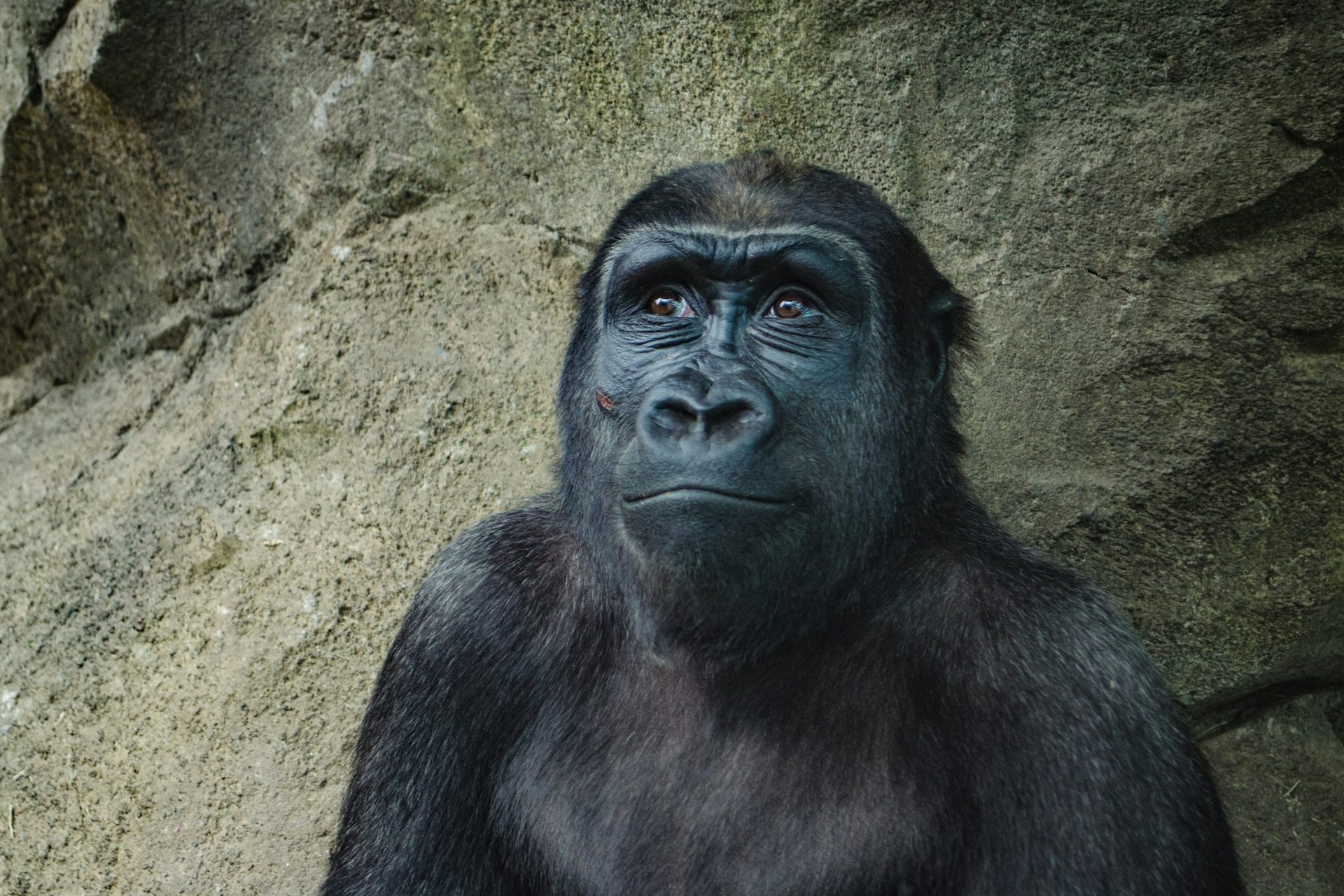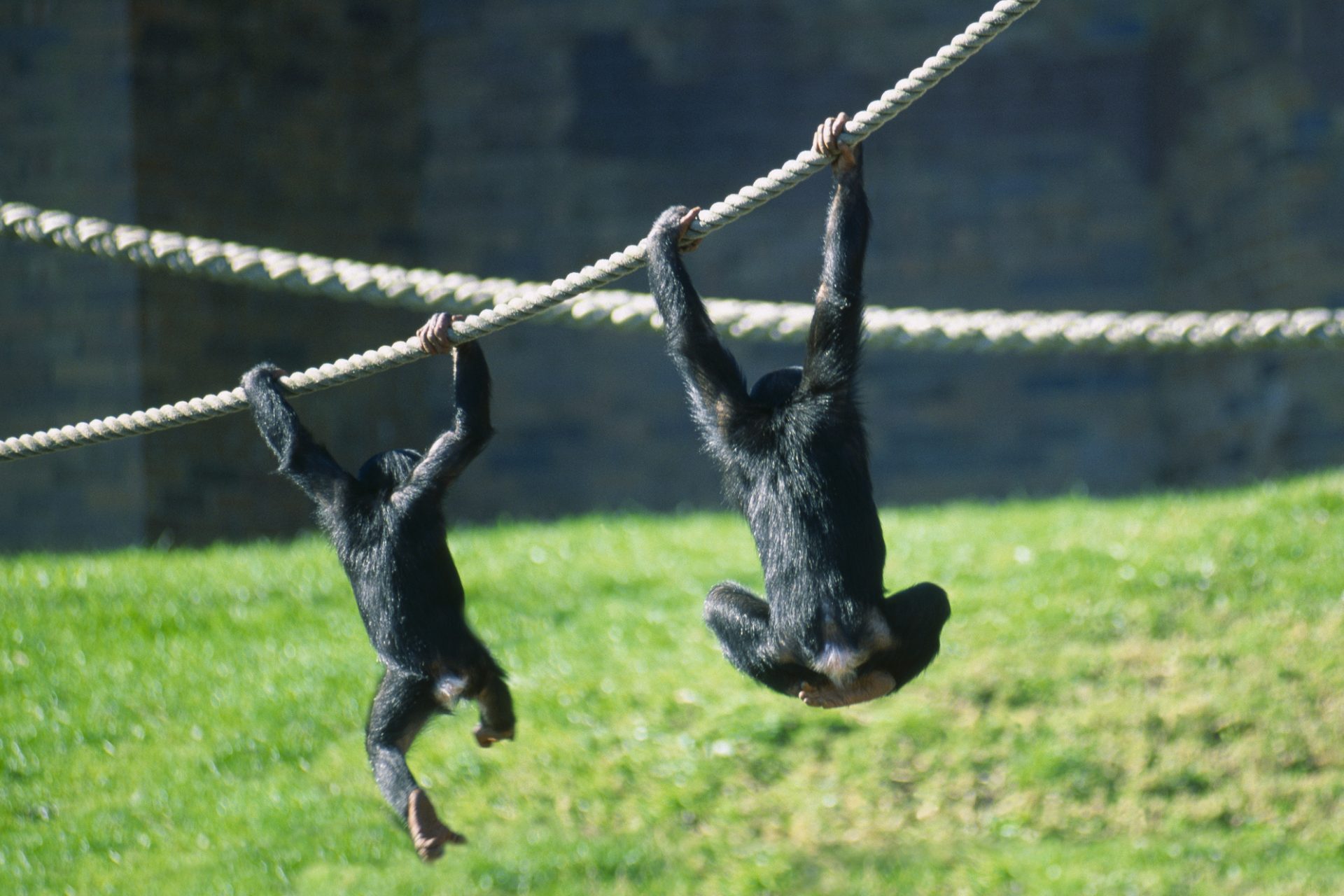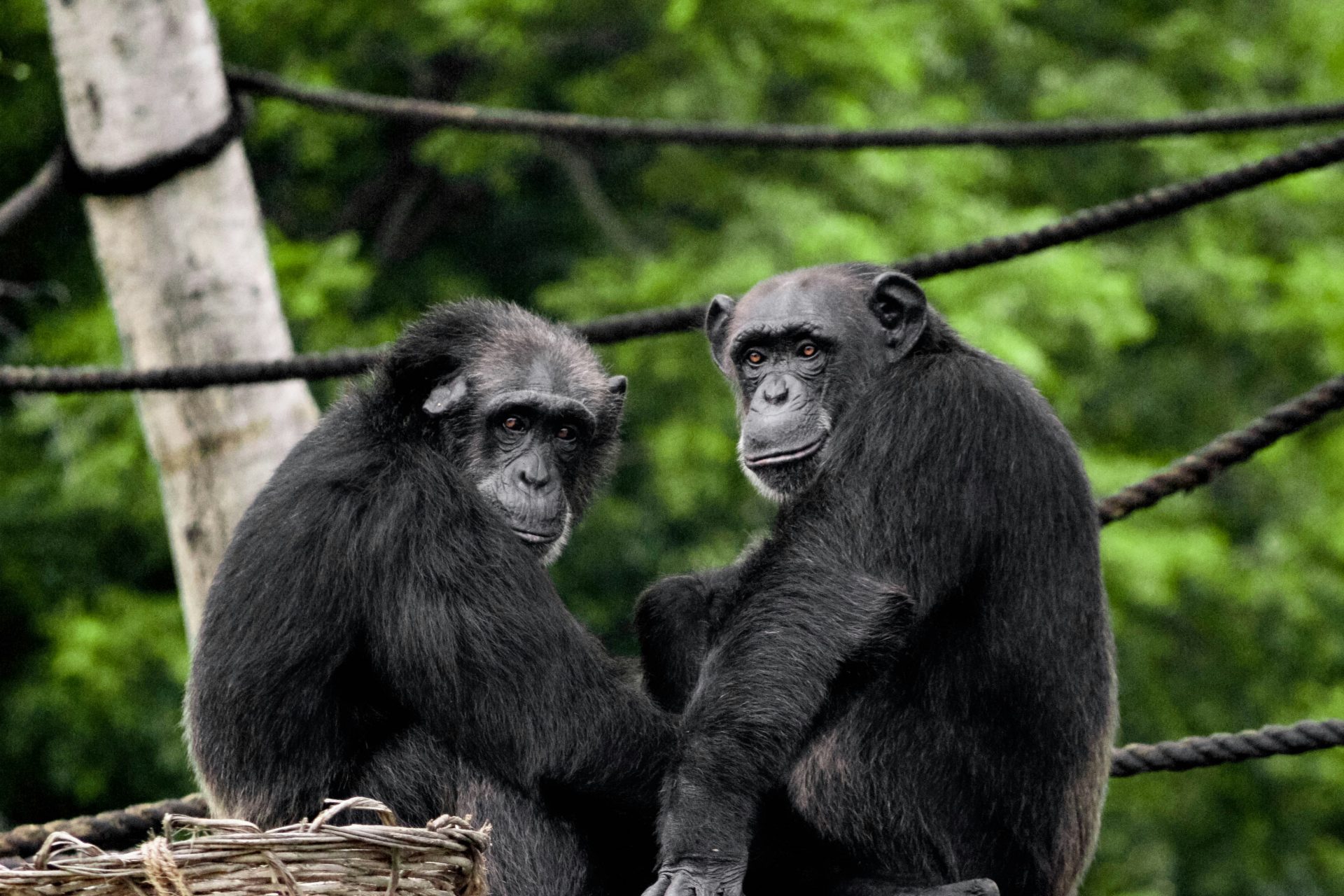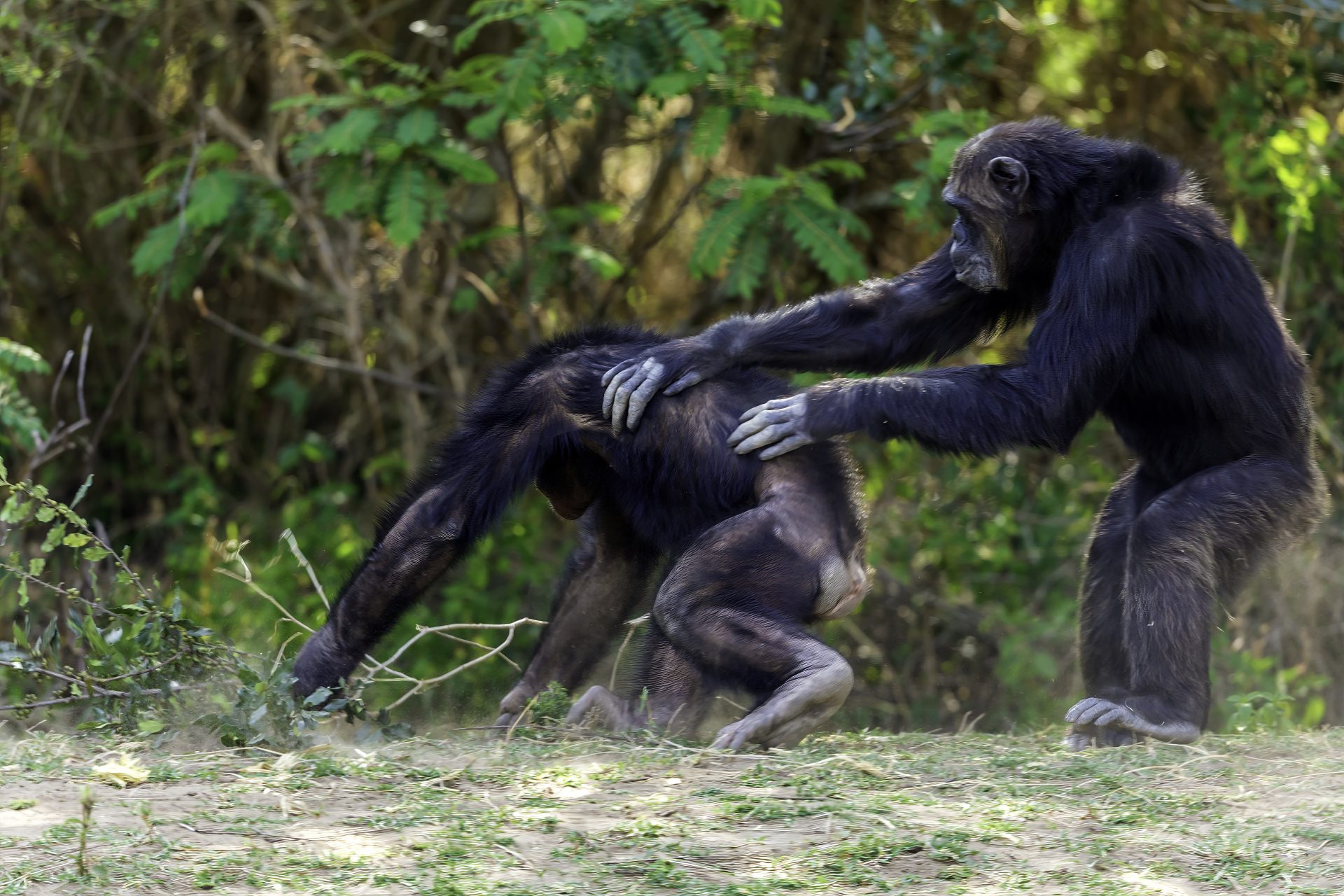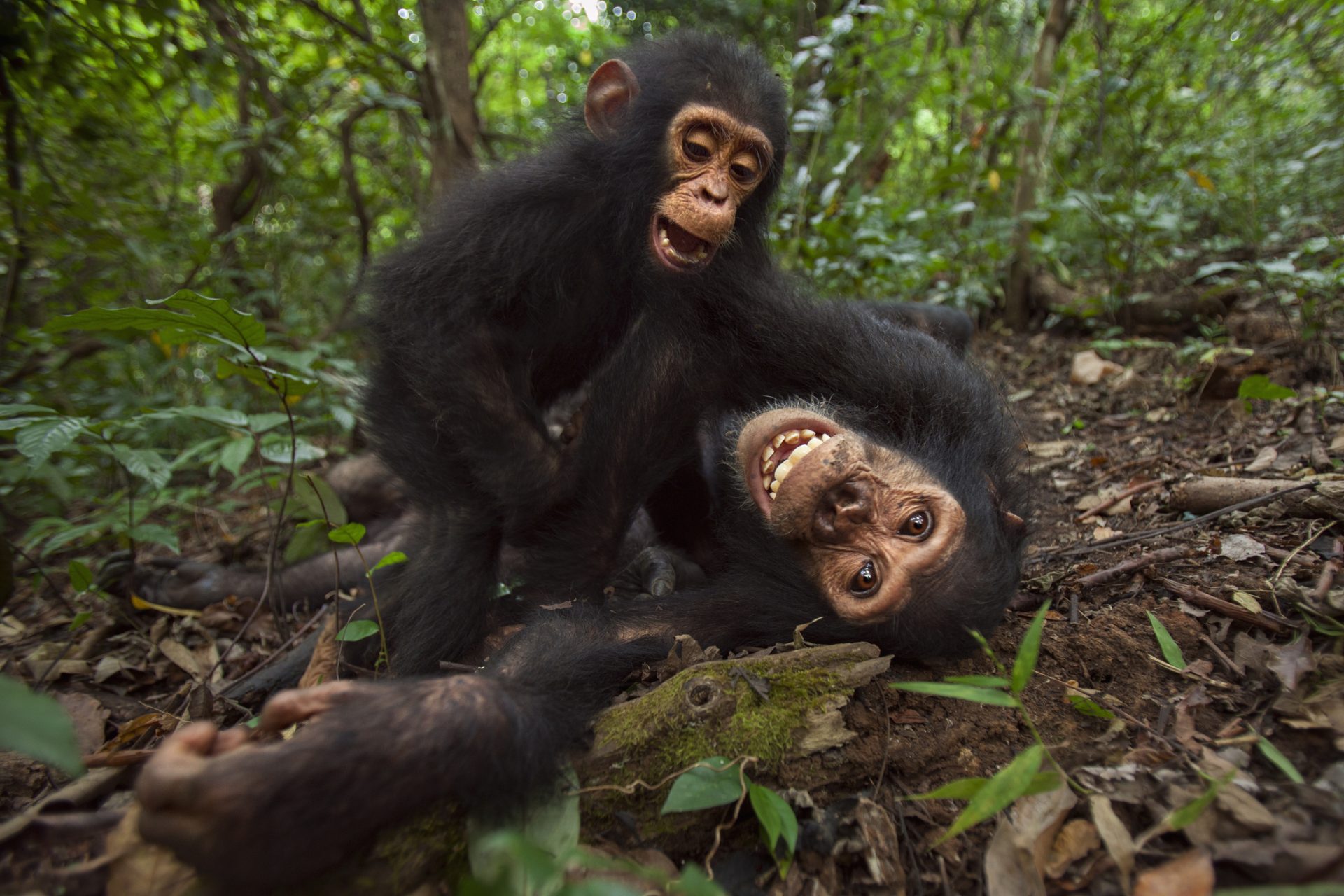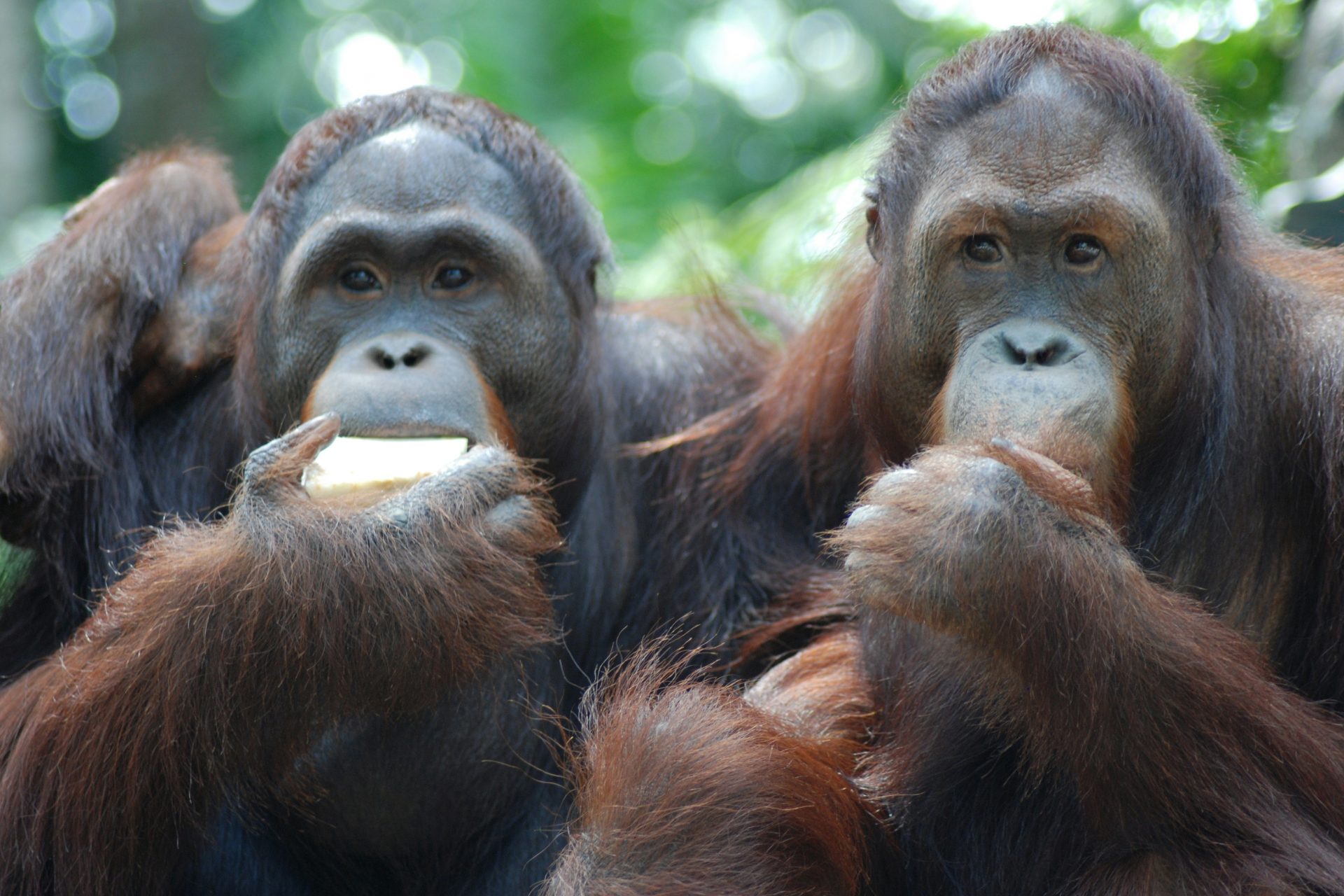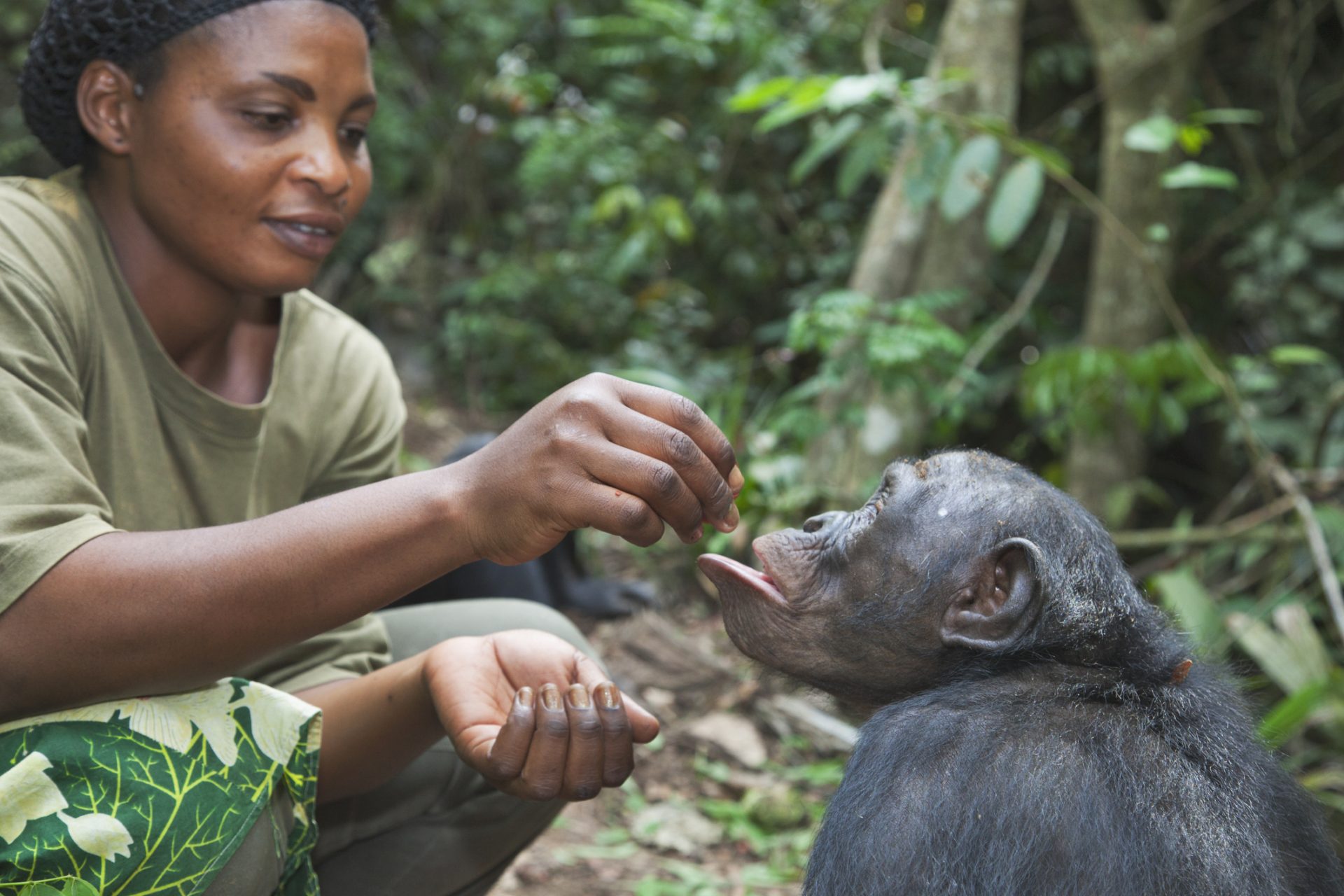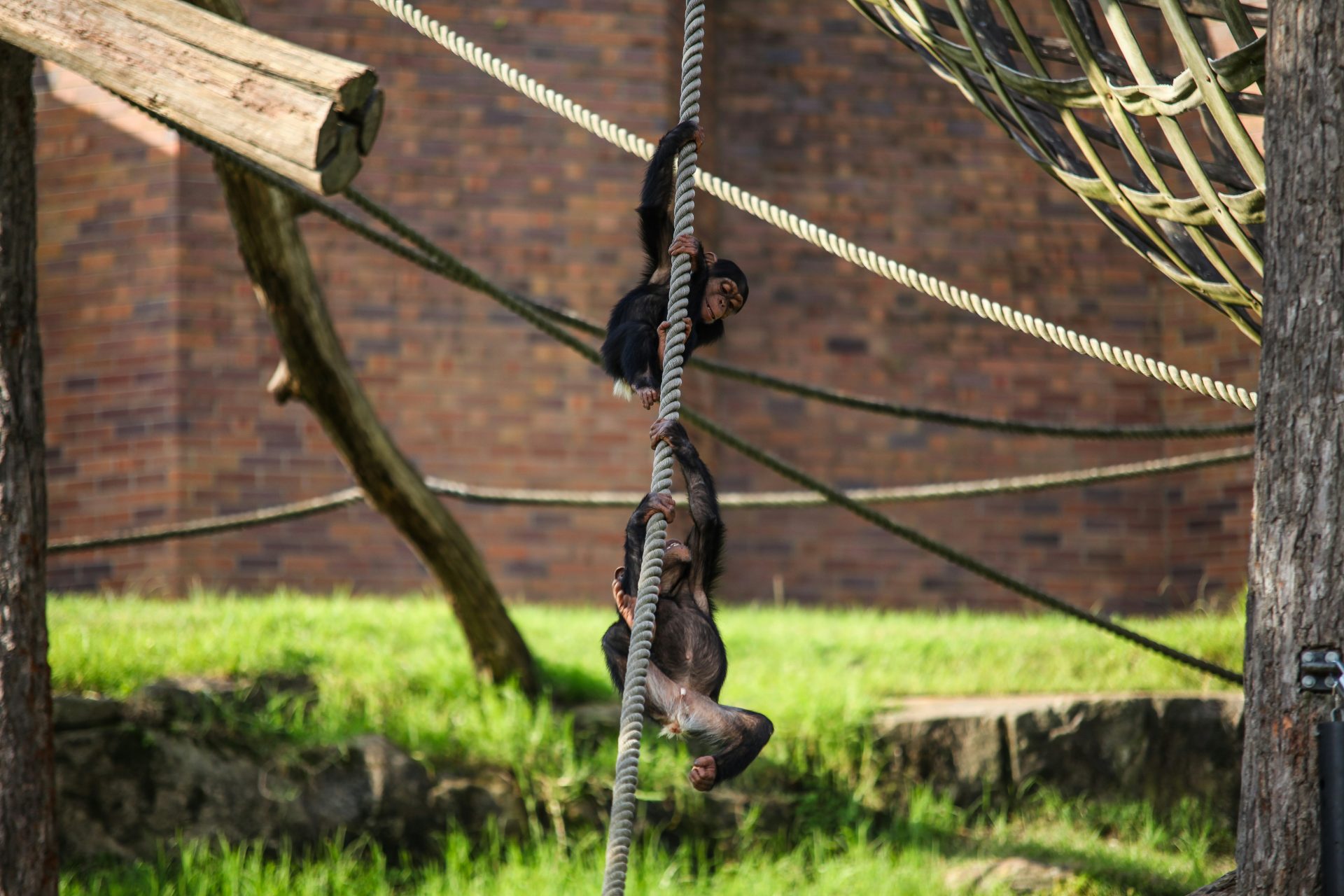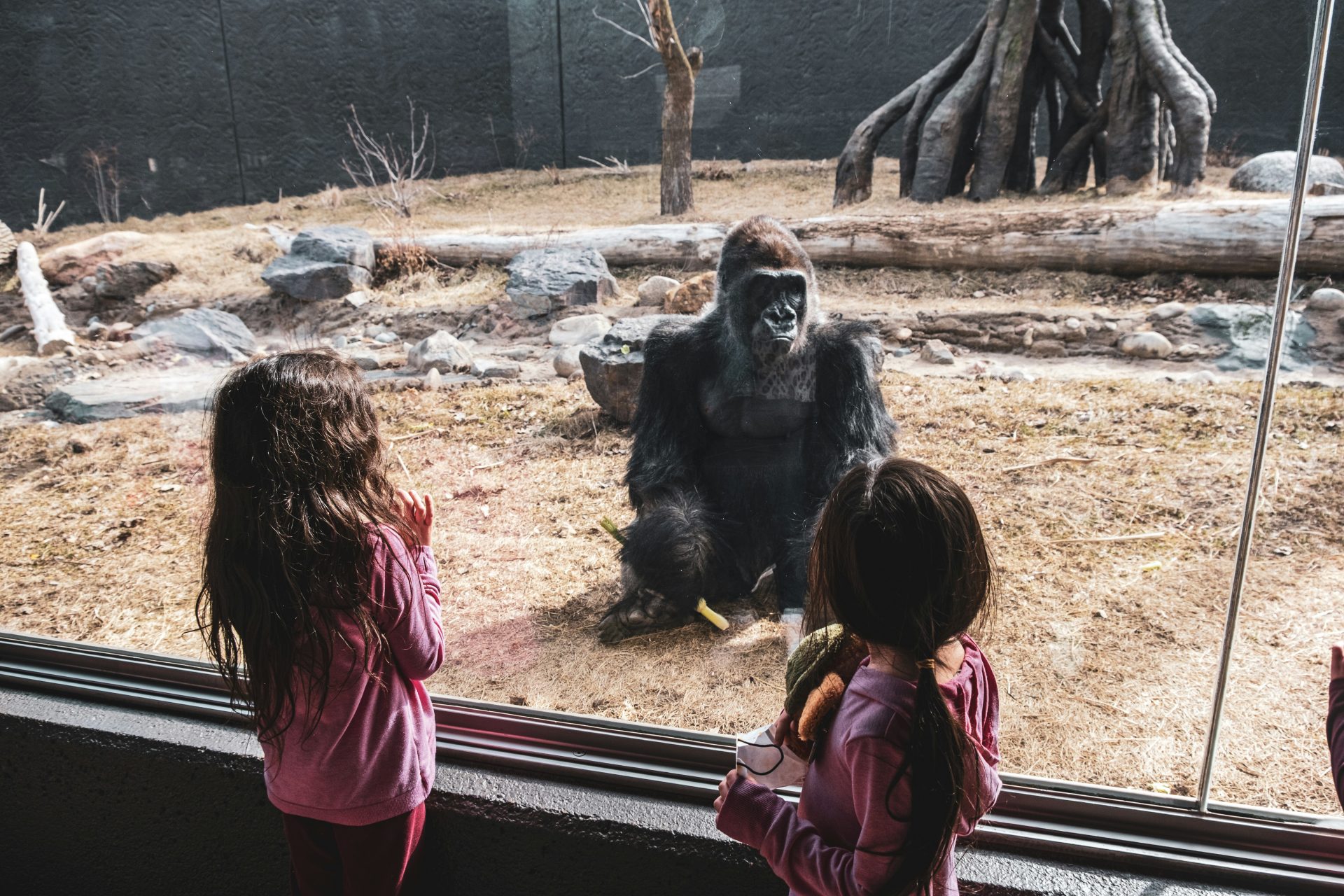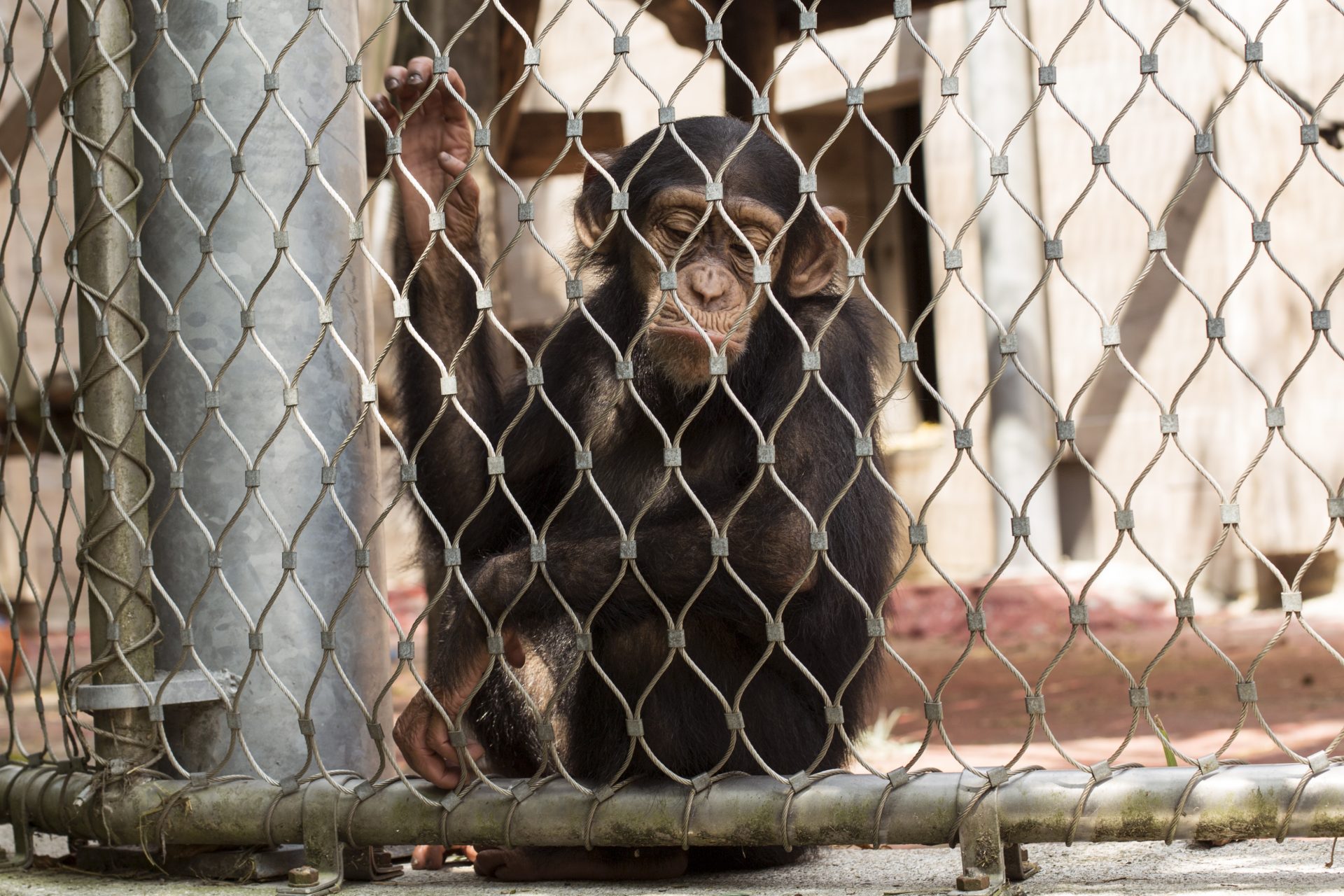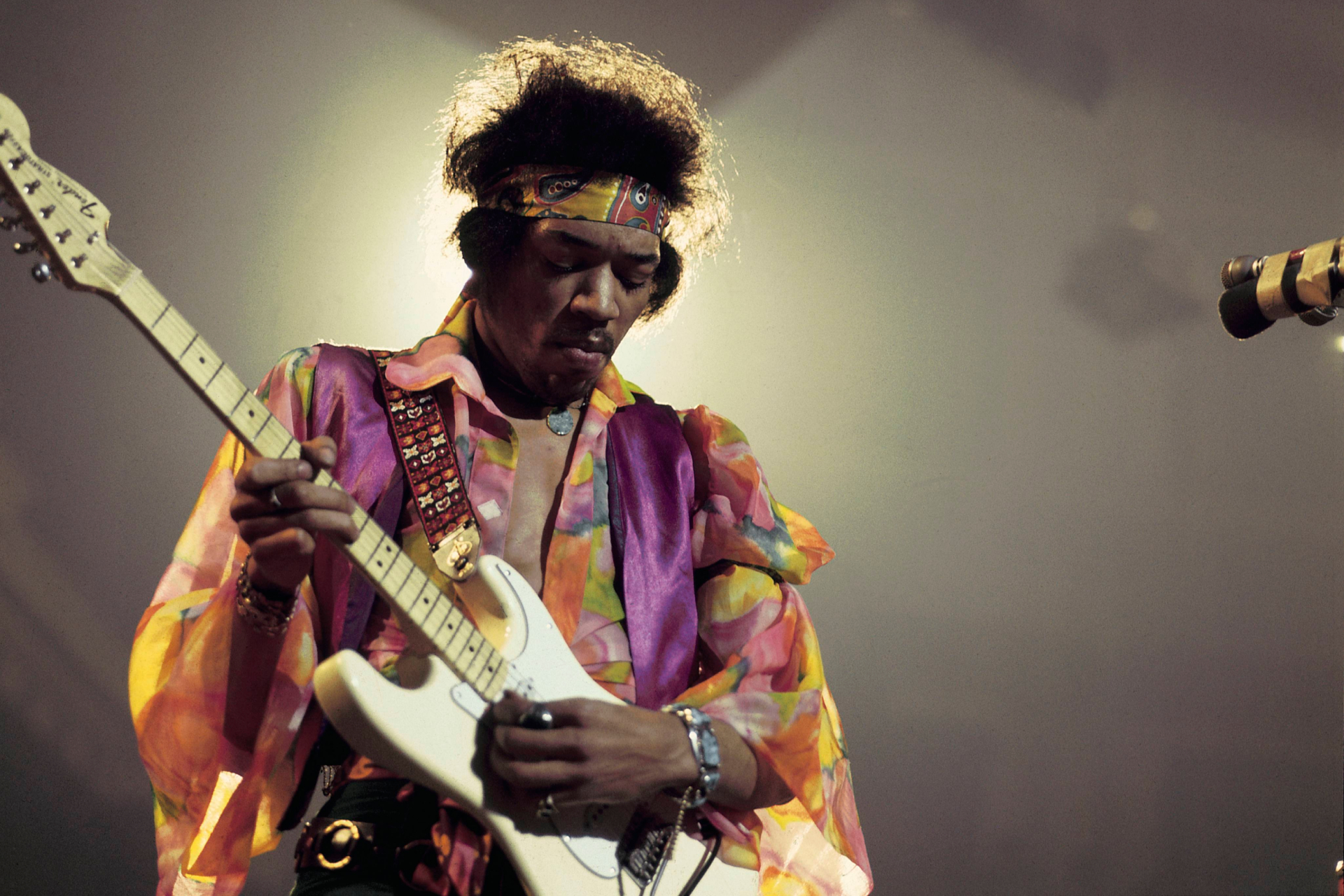Researchers found another way great apes are just like humans
New research has revealed humans aren’t the only animals that like to tease each other for fun. Great apes such as orangutans, chimpanzees, bonobos, and gorillas have been documented playfully teasing each other for the first time.
Babies are known to begin playfully teasing each other at the early age of just 8 months according to the Max Planck Institute, which noted that similar types of behavior may be present in non-human species—a fact we have now seen.
Photo by Humphrey Muleba on Unsplash
“Great apes are excellent candidates for playful teasing, as they are closely related to us, engage in social play, show laughter and display relatively sophisticated understandings of others’ expectations,” explained study co-author Isabelle Laumer.
Photo by Valentin Jorel on Unsplash
Researchers from the Max Planck Institute and universities in the United States have all documented four great ape species teasing each other, a discovery that might help our world understand how the behavior impacted our evolution.
Photo by Sophie Dale on Unsplash
Just like joking behavior in humans, teasing among apes “is provocative, persistent, and includes elements of surprise and play,” according to the Max Planck Institute. However, that isn’t the most interesting discovery researchers made.
Photo by Kelly Sikkema on Unsplash
“Because all four great ape species used playful teasing,” the Max Planck Institute went on to explain in its press release, “it is likely that the prerequisites for humor evolved in the human lineage at least 13 million years ago.”
In order to better understand the role of teasing in the social interactions of great apes, the researchers examined seventy-five hours of video footage taken at the San Diego and Leipzig Zoos that provided examples of playful teasing.
The researchers reported in a study published in the Proceedings of the Royal Society B: Biological Science that they recorded one hundred and forty-two incidents that they considered “strong examples of teasing.”
Using the examples they found, the researchers put together a list of the most common types of teasing displayed by the four great ape species they studied and reported that playful poking and hitting were among the most common.
Photo by satya deep on Unsplash
Hindering another member of the social group’s movements, body slamming both gently and fully-bodied, and pulling on the specific body parts of another group member were also quite common when it came to playfully teasing others.
“Our results support the idea that teasing in great apes is a provocative, intentional and often playful behaviour. It is typically asymmetric and can take different forms with varying proportions of playful and aggressive features,” the researchers wrote.
Most of the events recorded by the researchers were one-sided (92%) and most of the events (66%) remained asymmetrical throughout the encounter. Interestingly, only 22% of teasing events were a surprise to the ape being teased.
Photo by Danielle Barnes on Unsplash
“Similar to teasing in children, ape playful teasing involves one-sided provocation, response waiting in which the teaser looks towards the target’s face directly after a teasing action, repetition, and elements of surprise,” Laumer explained.
The study’s authors noted that they couldn’t be sure all the behaviors that they observed were driven by a motivation to provoke a response in the ape being teased, but they note that teasing is the “best characterization” of the interactions they observed.
Photo by Patrick McGregor on Unsplash
The reason why understanding this type of behavior matters is because playful teasing is a social behavior that the study’s authors concluded was likely “a homologous trait,” which means it has a common ancestry.
Photo by Alan Rodriguez on Unsplash
Somewhere in humanity’s past, we shared an ancestor with today’s great apes that had the ability to playfully tease others in its social group. This means that ancestors had the precursors for joking and humor, which both play an important role in human evolution.
More for you
Top Stories



